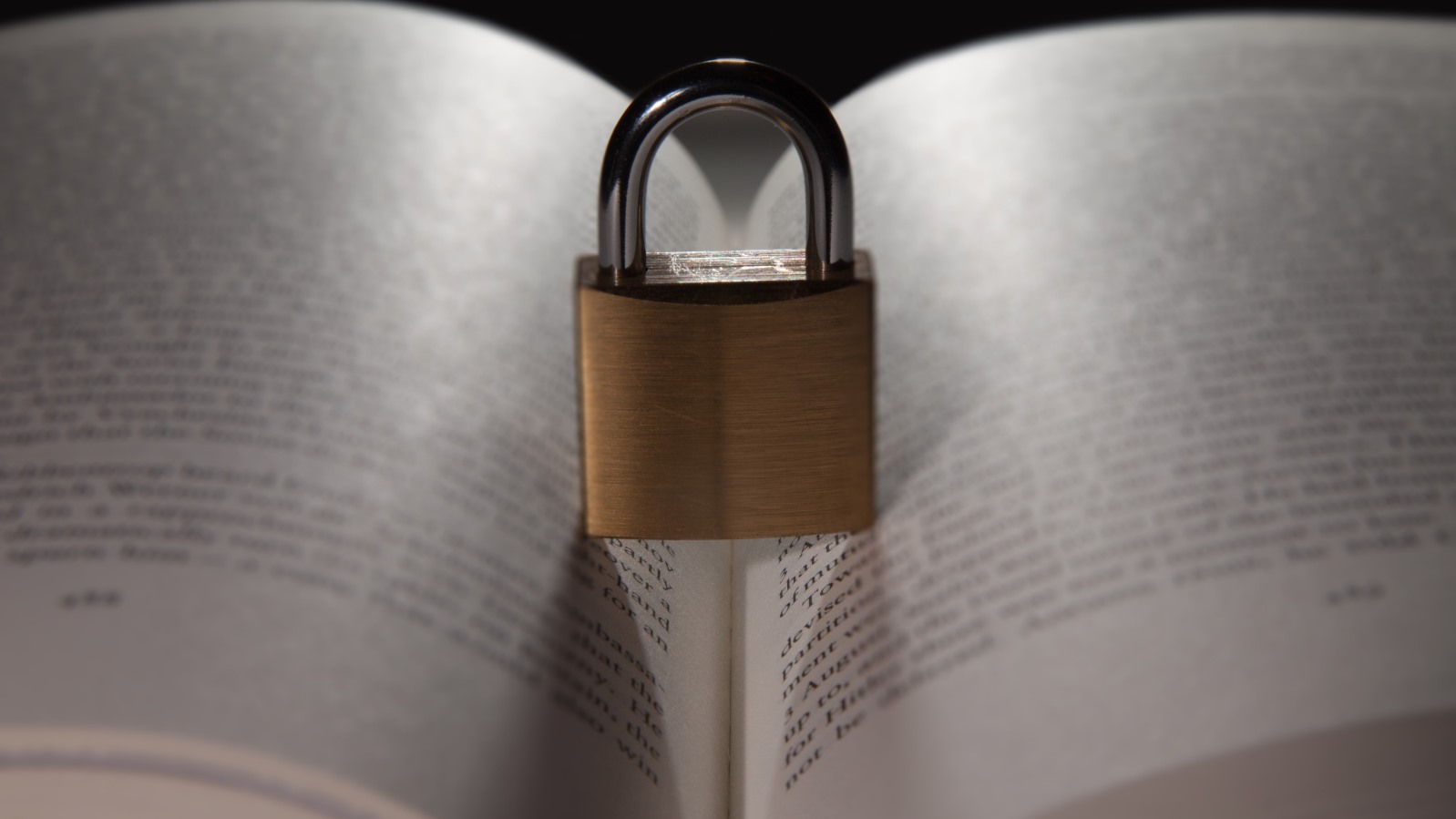Some dyslexics may improve their reading comprehension by baking cakes and playing strategy games rather than more traditional techniques such as learning the sounds of letters and phonological awareness.
That’s one surprising conclusion from a new published study on “resilient dyslexics” conducted by researchers at Tel Aviv University and the University of California-San Francisco.
Dyslexia is a reading disorder characterized by a difficulty in “decoding” – that is, navigating between the visual form and sounds of a written language. But a subset of dyslexic people – so-called resilient dyslexics – exhibit remarkably high levels of reading comprehension despite their difficulties decoding.
To find out what made these resilient dyslexics different the researchers peered into their brains.
The team examined 55 English-speaking children aged 10-16 with a wide variety of reading disabilities. Half the children had been previously diagnosed with dyslexia.
The researchers created a simple formula to calculate the difference between reading abilities and decoding skills. The participants were then scanned in an MRI.
Comparing the mapped images of the participants’ brains with their reading skills, the scientists discovered that the left frontal part of the brain known as the “left DLPFC” was directly related to this discrepancy.
DLPFC stands for “dorsolateral prefrontal cortex” and is kind of a traffic controller for the brain’s executive functions and cognitive controls.
The resilient dyslexics had an enlarged DLPFC with more gray matter – that’s the darker tissue of the brain and spinal cord. It consists mainly of nerve cell bodies and branching dendrites.
The researchers’ discovery about the role of the DLPFC posed a classic chicken-or-egg question. “Do resilient dyslexics have distinct brain structures that allow for better resiliency,” asked TAU communications disorders researcher Dr. Smadar Patael, “or is their success in reading a result of compensation strategies that actually altered the density of neurons in a specific region of the brain?”
It was back to the MRI.
This time, the researchers scanned 43 kindergarteners and then three years later tested the children’s reading abilities. The result: the density of neurons in the DLPFC predated mature reading ability.
That’s a big deal because it allows physicians to predict who will be a resilient dyslexic, regardless of the child’s initial reading ability. And it allows psychologists to develop exercises for these children that emphasize “working memory” that may improve their abilities to comprehend texts.
“If your child is entering first grade, practicing the alphabet may not be enough,” says Patael, who led the study with Prof. Fumiko Hoeft of the University of California San Francisco and incoming director of the University of Connecticut’s Brain Imaging Research Center.
Perhaps baking a cake with the aleph-bet on top will be just the icing resilient dyslexics need to succeed.














